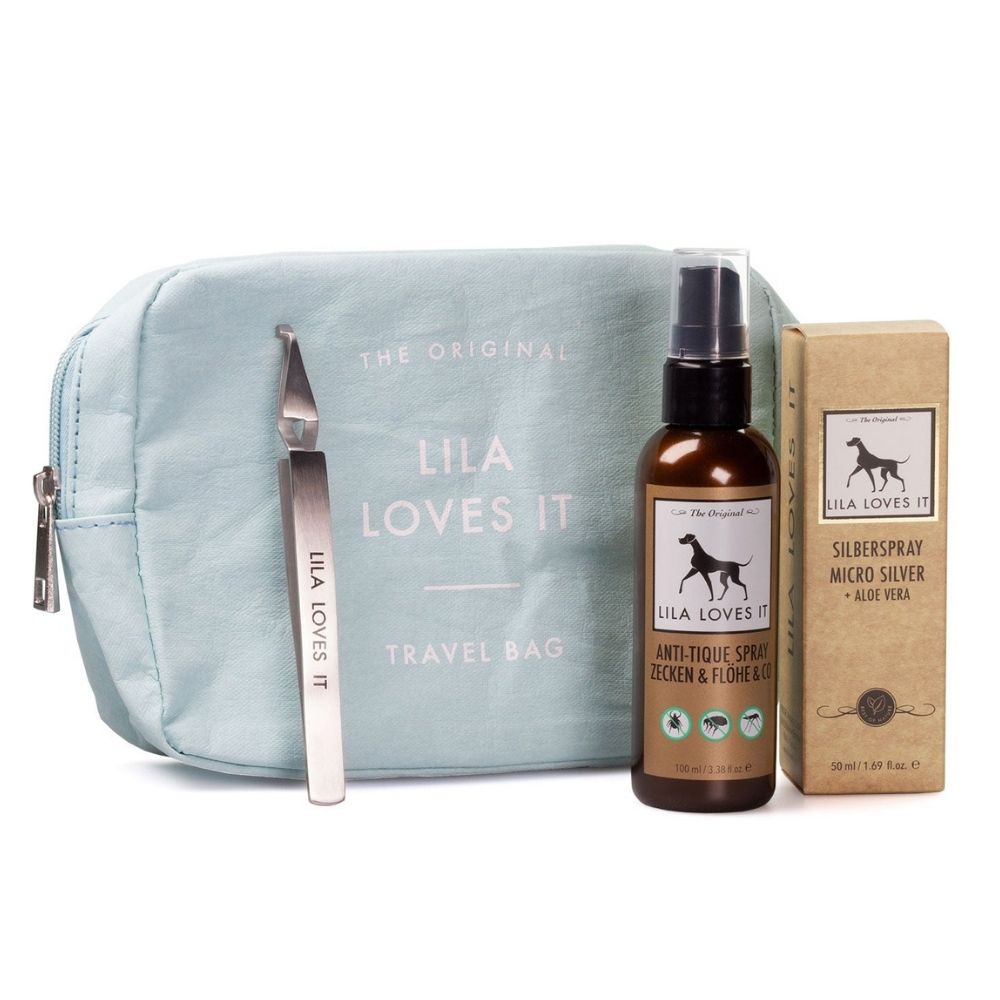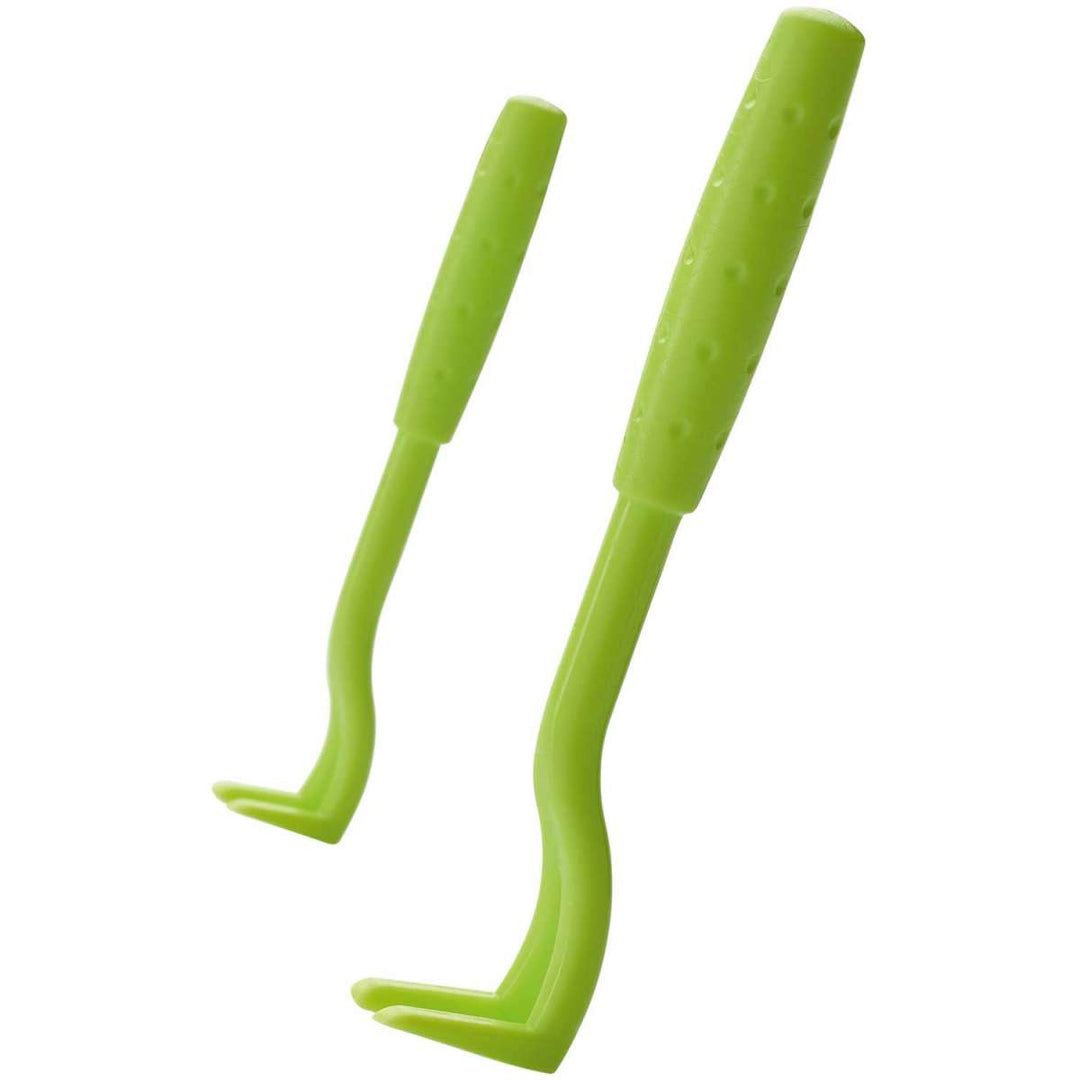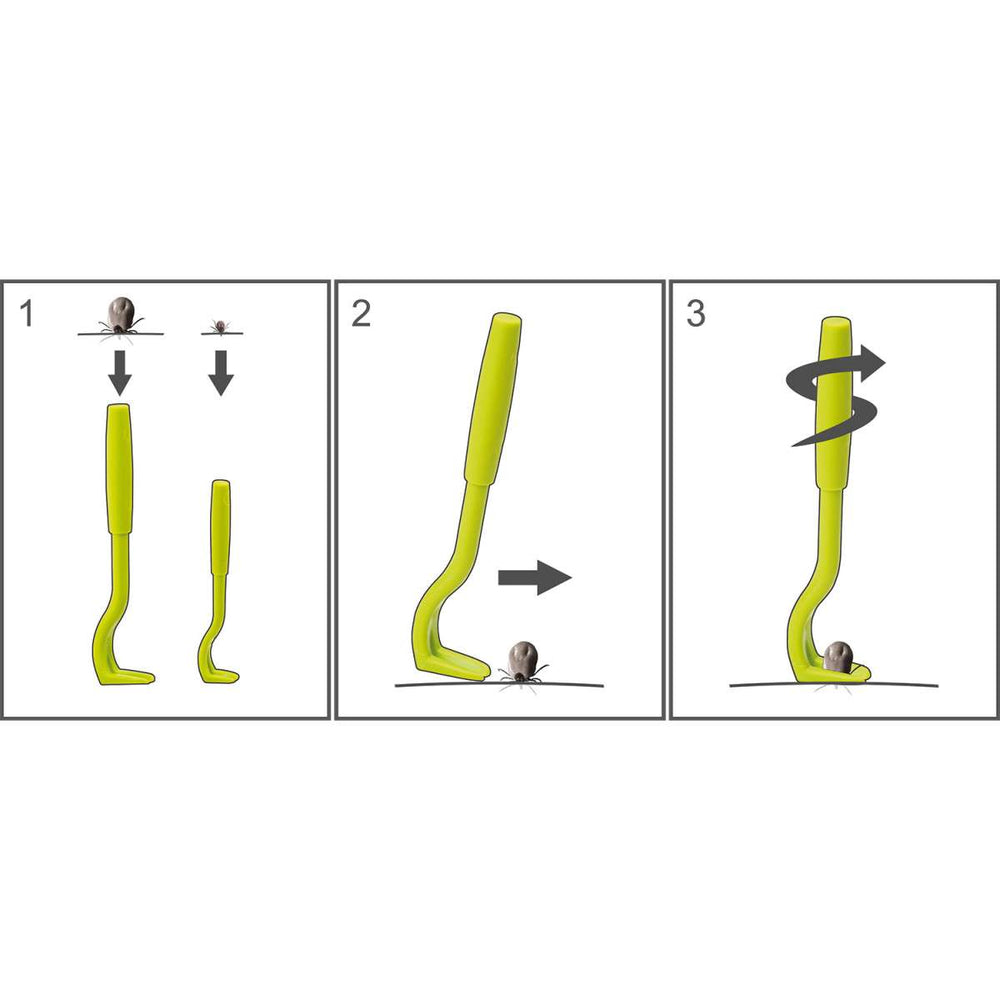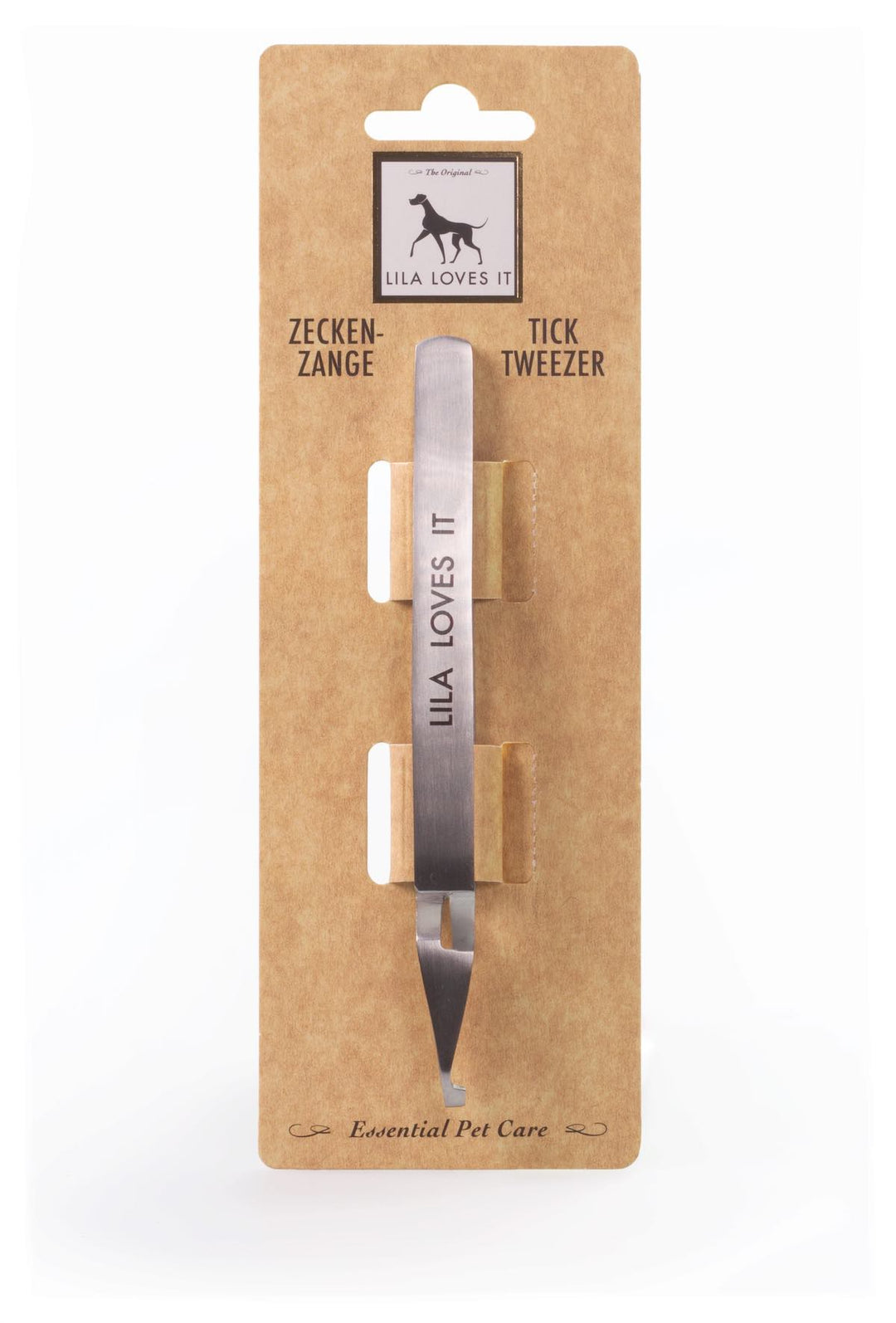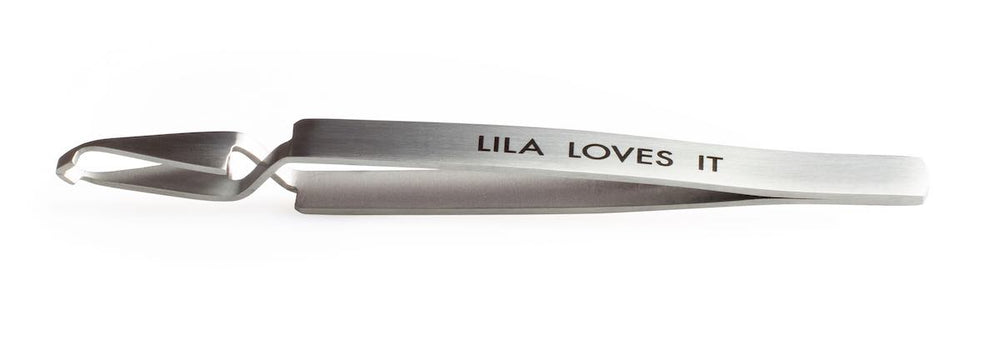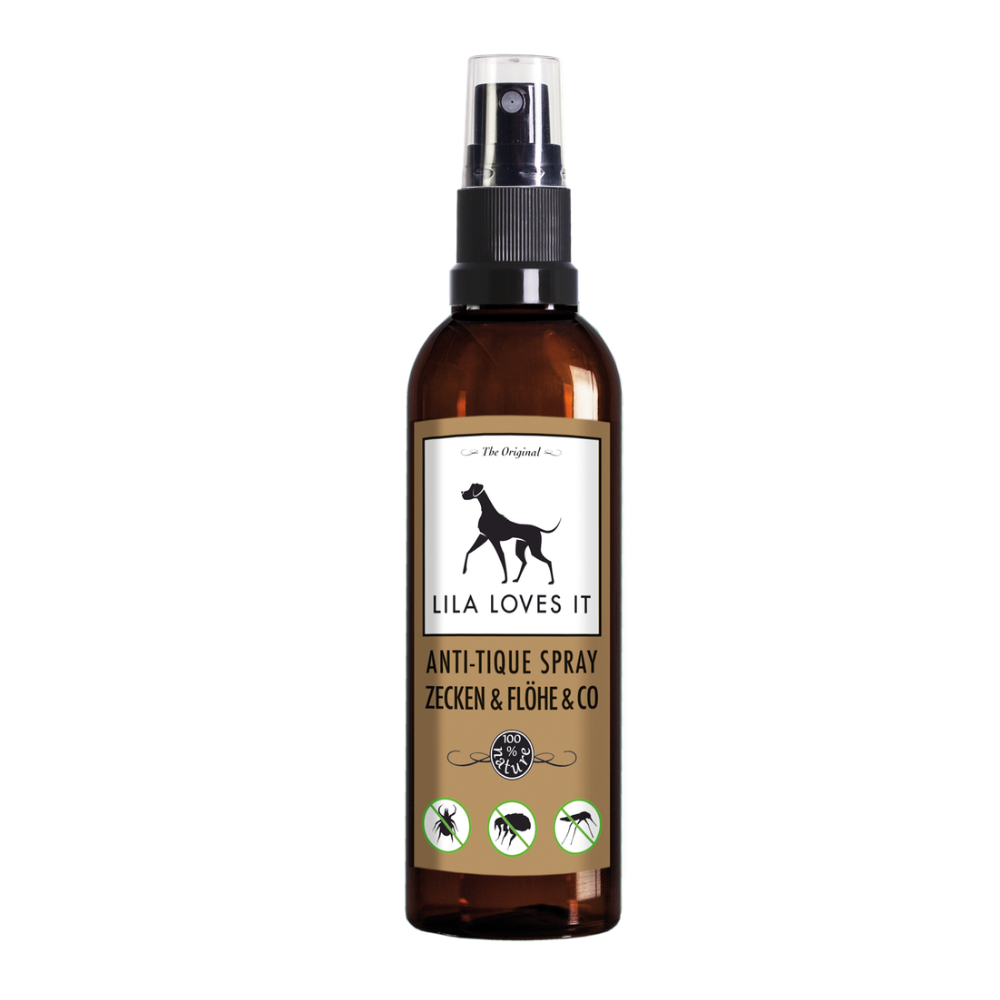Ticks cause itching, can cause inflammation of the skin and are simply annoying and dangerous for humans and dogs.
They'll be back by the end of March at the latest: ticks.
As the temperature rises, they wake up from their winter rigor and wait for their victims in forests, grass, undergrowth or low shrubs. They represent a real danger for two and four-legged friends because they can transmit dangerous diseases.
The problem is not the tick bite itself, but the saliva that the parasite releases during the sucking process. The bacterial pathogens lurk in it.
Borreliosis and early summer meningoencephalitis (TBE) are particularly dangerous and tick-borne diseases. Lyme disease can cause attacks of fever, symptoms of paralysis, swelling of the lymph nodes as well as various nerve or kidney diseases and heart problems. TBE is a viral disease of the central nervous system that can be fatal.
Prevention against tick infestation
The best precaution against the dangerous parasites is the attention of us as dog mums and dog dads. We have to be on our guard and regularly check the dog or cat for ticks - ideally after every walk.
Long-haired breeds have to be combed through, because the unloved critters are usually not immediately recognizable in their fur.
Attention: Stay away from the chemical club. Dog and cat owners often hardly worry about the so-called spot ons. Strong neurotoxins are often processed here. You should be aware that you are dripping this neurotoxin on your darling - sounds terrifying, doesn't it?
If a tick has bitten itself on a dog or cat, it is
the right tool is essential when eliminating the little beasts.
A tick tweezer, tick hook or tick snare should therefore not be missing in any household.
Under no circumstances should you grasp the tick with your bare fingers. The risk of squeezing the animal, which would lead to further release of the infectious saliva, is too great. After removing the tick, it is advisable to dab colloidal silver water on the wound, as this supports the regeneration of the skin.
Important:
If the tick's head remains stuck in the skin, you should go to the vet. Never use oil, glue, nail polish, or any other substance when trying to remove the tick. Such claims are simply false and only increase the risk of inflammation.















